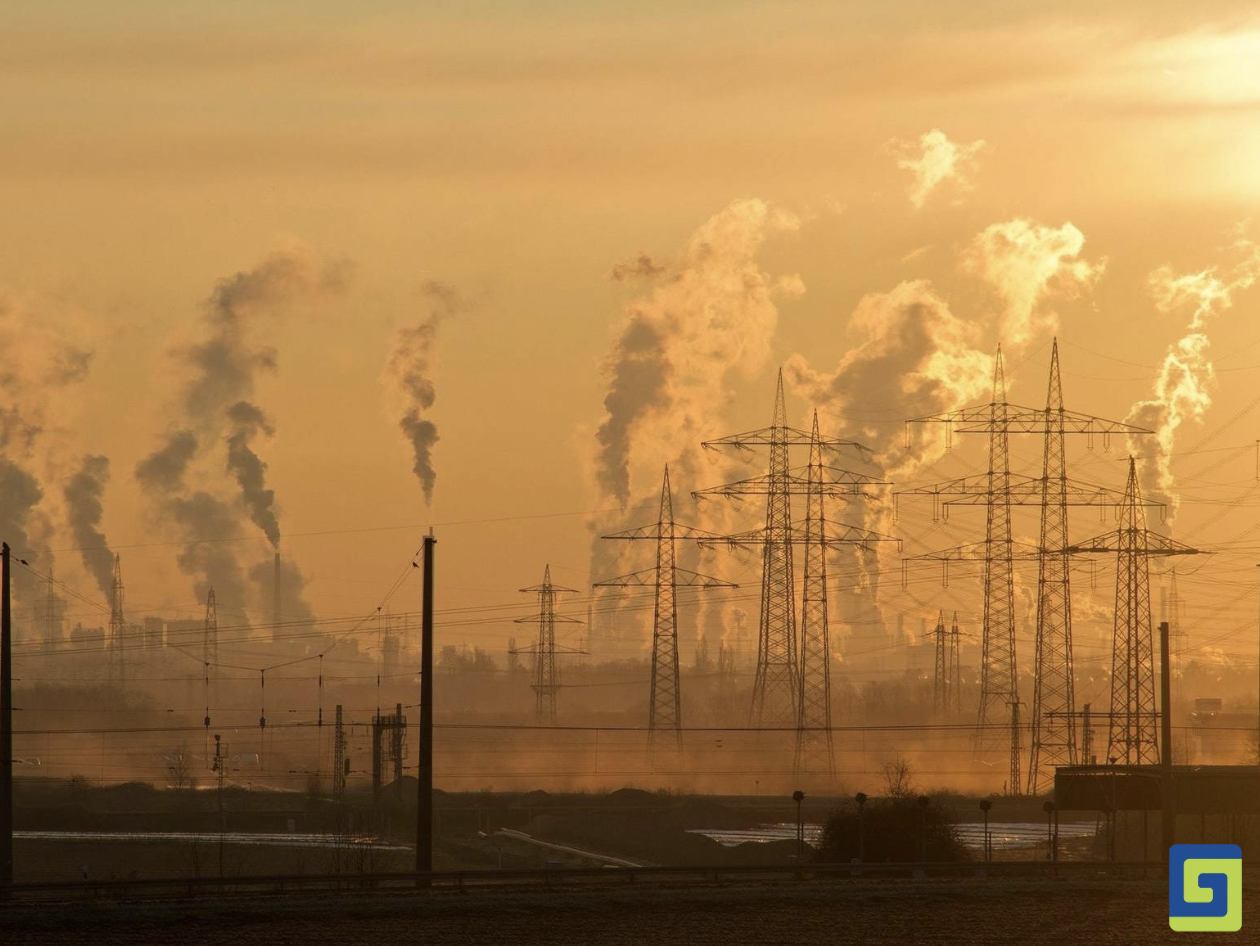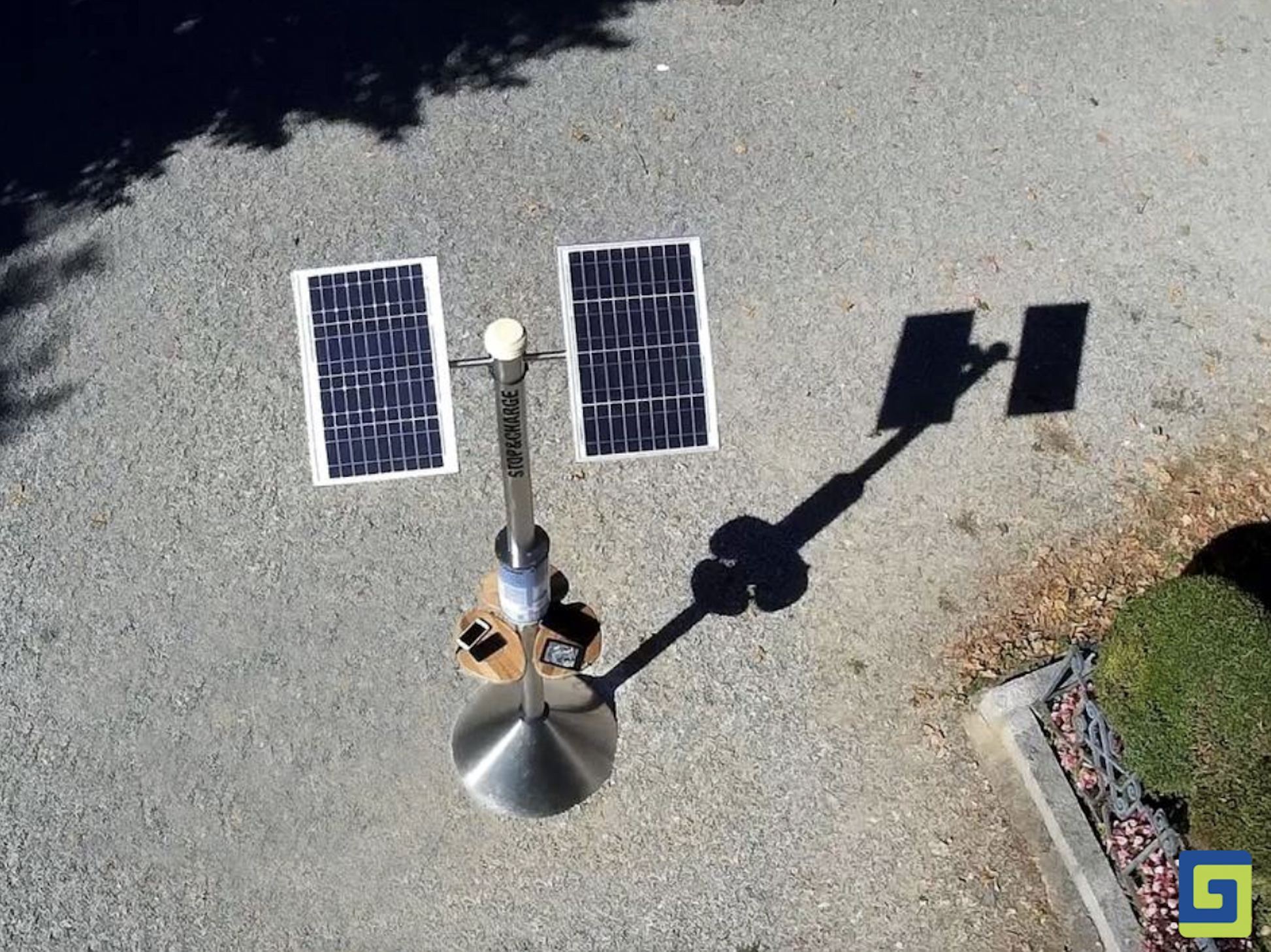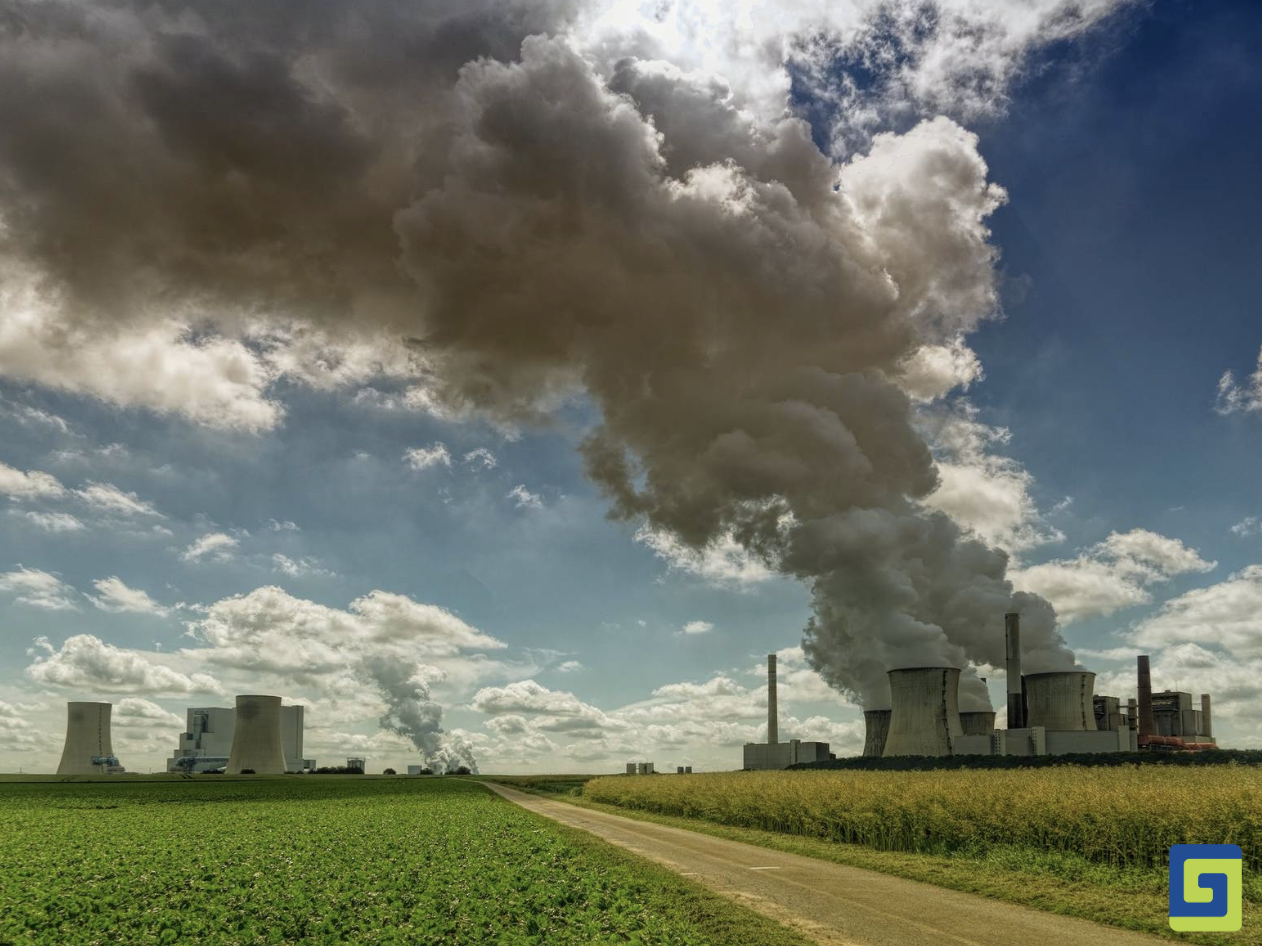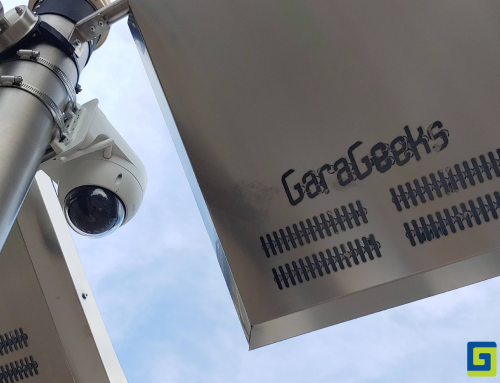A new study published in the scientific journal The Lancet warns the population about high risks.
It is known well enough nowadays: unfortunately the Earth does not enjoy a healthy atmosphere. If the conditions of the air were included among the requirements for selecting a suitable planet for habitation, it is probable that our globe would no longer be considered a suitable environment for life. The World Air Quality Index (AQI) global map is clear: in at least 66 countries around the world the levels of pollutants exceed the thresholds set by the standard parameters.
In Italy, again according to the AQI, air quality is currently assessed as moderate, which means that “it is acceptable, however, some pollutants may represent a moderate risk to the health of a very limited number of people who are particularly sensitive to air pollution. Children, active adults, and people with respiratory illnesses such as asthma should limit prolonged outdoor exposure.”

In the past, Italy too exceeded the moderate level and found itself in unhealthy situations for many people. It is important to know that the AQI colored our country well before we started doing so for the spread of epidemics, although the problem is not yet widely perceived. In different parts of the world, masks are not only necessary to protect yourself from viruses but also to avoid inhaling fine particles such as PM 10 and PM 2.5.
If we moved to countries such as China, Thailand and India, for example, we would notice that the map is tinged with red, purple and brown, corresponding to the levels of “Unhealthy”, “Very Unhealthy” and “Dangerous”. In the cases mentioned everyone could experience health effects and should limit outdoor exposure. The last level, brown, is the worst – everyone should avoid exposure to outside air completely. In a nutshell, people would be forced to experience a new type of periodic lockdown, this time for atmospheric reasons.
Smog and effects on people
A recent study published in the scientific journal The Lancet Planetary Health has highlighted the serious conditions of air quality in the areas where most of the population resides. Large regions of the world exceed average exposure levels to PM 2.5 and as previously mentioned, these particulate particles, less than 2.5 microns in diameter, are thought to be primarily responsible for pollution-related deaths. The health effects of air pollution continue to increase alarmingly. The causes of this phenomenon are many and include the smog deriving from vehicular traffic, the emissions produced by airplane flights, the orographic characteristics of the territory and the use of heating or cooling systems.

Currently there is a limited availability of studies that offer detailed information on the spatio-temporal variations of daily concentrations of PM 2.5 globally over the last few decades. Also, not all countries in the world have air quality monitoring stations to assess health risks. Therefore, the study in question is valuable in trying to understand, even in areas without monitoring stations, what risks are run in order to be able to make informed decisions.
Researchers used machine learning to estimate daily concentrations of PM2.5 globally from January 1, 2000 to December 31, 2019. The results revealed that only 0.001% of the world’s population is exposed to PM 2.5 pollution levels that fall within the limits set by the World Health Organization (WHO). Research team leader Yuming Guo expressed gratitude for the work of lven Yu, a data analyst specializing in environmental health at Monash University in Melbourne, Australia. Subsequently, she shared and explained some of the research findings through her social channels.
Some figures
WHO has recently updated its air quality guidelines, called “WHO global air quality guidelines” (AQGs), for parameters such as PM2.5, PM10, NO2, O3, SO2 and CO, with the aim of health of populations, the research team observed the following findings: despite a slight decrease in days with high exposure to PM2.5 globally, in 2019 more than 70% of days still had PM2.5 levels above 15 μg/m3. In 2019, Australia and New Zealand recorded a significant increase in the number of days with elevated PM2.5 concentrations.
In the South and East Asian regions, more than 90% of days showed daily PM2.5 concentrations above 15 μg/m3. The global annual mean of PM2.5 over the period 2000-2019 was 32.8 µg/m3. The highest PM2.5 concentrations were found in the eastern and southern Asian regions, followed by northern Africa. Australia, New Zealand, other regions of Oceania and South America had the lowest annual PM2.5 concentrations. Under the new 2021 WHO guideline limits, only 0.18% of the global land area and 0.001% of the world’s population have been exposed to an annual level below this limit (annual average of 5 μg/m3 ) in 2019.
The solutions by GaraGeeks
GaraGeeks proposes Stop&Charge SOLAR 2.0, a charging station able to give widespread and capillary air monitoring, thanks to its numerous low-cost sensors. It is a charging station for light electric vehicles (scooters and e-bikes) that among the many services for citizens such as emergency call, smartphone charging and public WiFi, is also equipped with an information display through which it is possible to view the weather forecasts of the area and information on air quality. This data can be monitored and acquired remotely in order to keep the situation in the different city areas always under control.

SOLAR 2.0 is the perfect smart city platform for installing air quality monitoring sensors: these will be protected by the structure, adequately powered by solar energy and the storage system, as well as connected thanks to the 4G router. SOLAR 2.0, in the smart version, is equipped as standard with PM2.5, PM10, UV rays, temperature and humidity sensors. For more in-depth studies, electrochemical sensors for ozone (O3) and nitrogen dioxides (NOx) are optionally available.
In order to prevent acts of vandalism and improve the safety of citizens even in the most peripheral areas, the SOLAR 2.0 column can have a PTZ (Pan–tilt–zoom camera) surveillance video camera and an SOS call button connected to a VOIP telephone line that can be activated in case of emergency to alert the single emergency number NUE 112, the Local Police and/or other emergency services. The VOIP line works thanks to the integrated 4G router, or via FWA connection, to serve even remote areas not covered by the cellular network. SOLAR 2.0 does not require connections to the public electricity grid and is also an excellent sustainable street furniture: it is made with durable materials such as stainless steel, birch wood and Corian, with a 100% Italian supply chain. SOLAR 2.0 is a project that is continuously improved through the field experience of GaraGeeks, with over 100 installations carried out.
Do you want to find out more about GaraGeeks and products for environmental sustainability? Contact us.




